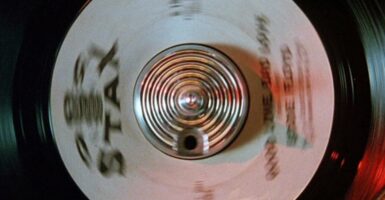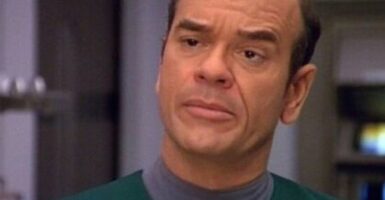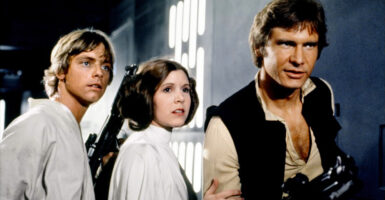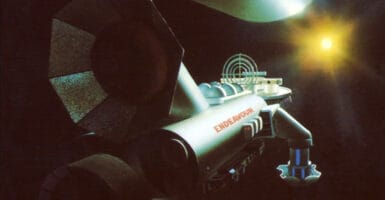NASA To Test Einstein’s Twin Paradox On Actual Twins
This article is more than 2 years old
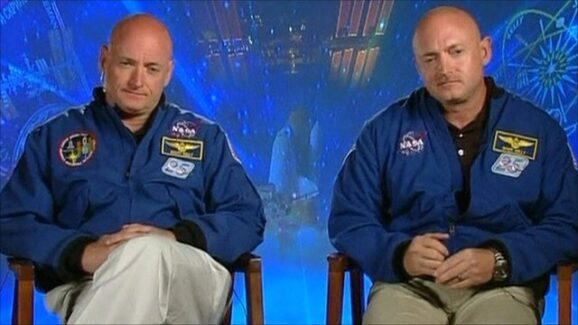 NASA’s latest experiment is something straight out of a sci-fi horror movie. Mostly because it involves identical twins—apologies to any twins out there in the audience, but movies have taught us to fear you (The Shining, Dead Ringers), or at least be wary of your wacky shenanigans (The Parent Trap). The space agency plans to use a pair of identical twin astronauts to determine the effects of long-terms space travel on the human body.
NASA’s latest experiment is something straight out of a sci-fi horror movie. Mostly because it involves identical twins—apologies to any twins out there in the audience, but movies have taught us to fear you (The Shining, Dead Ringers), or at least be wary of your wacky shenanigans (The Parent Trap). The space agency plans to use a pair of identical twin astronauts to determine the effects of long-terms space travel on the human body.
In March 2015, astronaut Scott Kelly will embark on a yearlong mission. He’ll hang out with cosmonaut Mikhail Kornienko on the International Space Station (ISS) for the duration, and when he returns to Earth, he’ll undergo all manner of tests and poking and prodding in order to determine the consequences of such a jaunt on his body.
Everyone’s body is unique, so it’s hard to have a control in an experiment like this. Here’s what makes Kelly so unique. You probably guessed that he’s a twin, and while Scott floats around in the weightlessness of space, his brother Mark, who is also an astronaut—though retired—will remain on terra firma.
Craig Kundrot, of NASA’s Human Research Program, says, “We will be taking samples and making measurements of the twins before, during, and after the one-year mission…For the first time, we’ll be able two individuals who are genetically identical.”
This mission seeks to test Albert Einstein’s so-called “Twin Paradox,” where one twin goes on a high-speed journey into space and the other stays home. The theory of relativity posits that, upon return, the space twin will be slightly younger than the one who remained on Earth. You would have come close to reaching light speed for this to have any effect on actual time, but researchers should be able to study just about everything else.
The Human Research Program recently accepted ten proposals to examine the Kelly’s genetics, biochemistry, cognition, and more once Scott returns. Sometime an astronaut’s vision changes while in space. One study will examine that phenomenon. Another will look at changes in the human immune system in space, while one more will inspect the caps on the end of human DNA called telemores.
If this sounds familiar, you may be thinking of Robert Heinlein’s 1956 novel Time for the Stars. The plot is based on the Twin Paradox, where one twin winds up on a mission to deep space while the other remains on Earth. Sure they can communicate telepathically, despite the great time and distance that separates them, but the basic core of the story is the same, with the twin in space aging slower than his terrestrial counterpart.
Ideally, NASA’s study will give the space agency a clearer picture of what happens to the human body on an extended space trip. This should give them a better idea of how to keep astronauts healthy and happy on a trip to, say, Mars and back.




